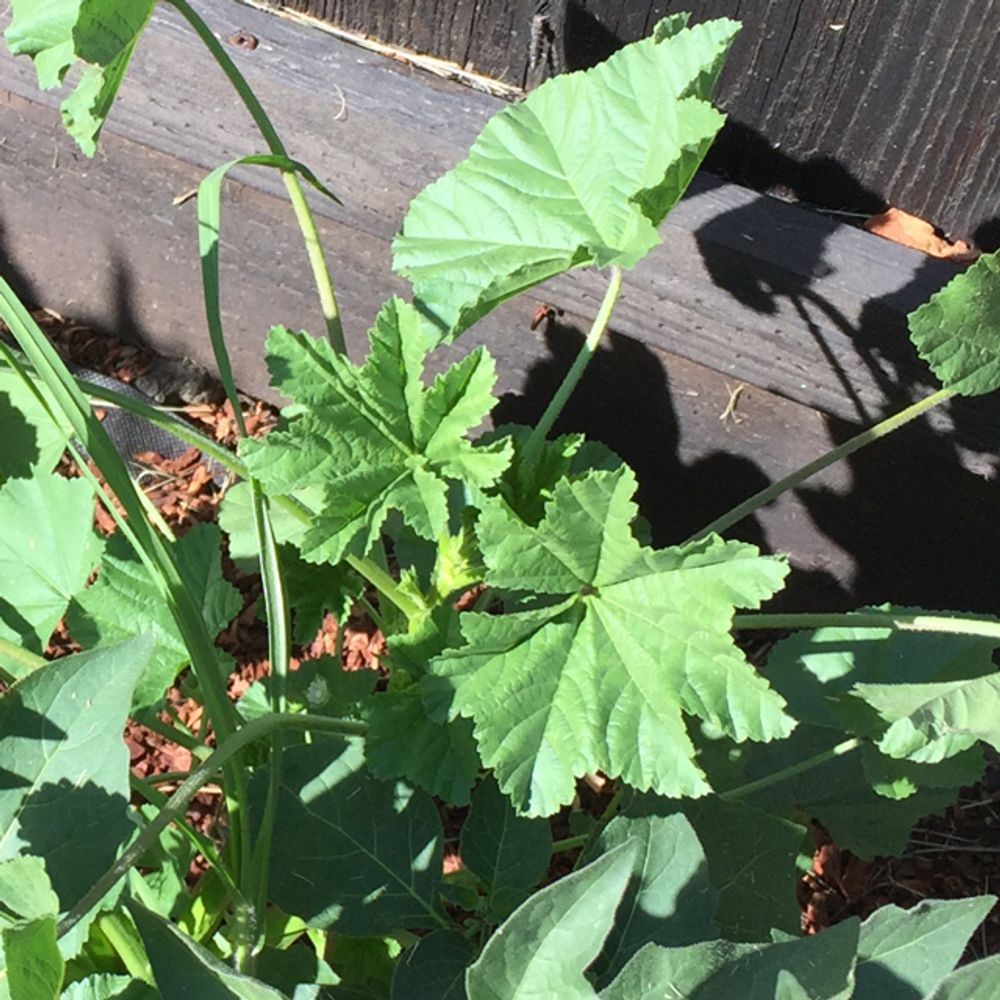Common mallow
(Malva sylvestris leaves)

Description
Malva sylvestris, commonly known as common mallow or high mallow, is a herbaceous perennial plant that belongs to the Malvaceae family. The plant is native to Europe, North Africa, and Asia, and it has been introduced to North America and Australia as an ornamental plant. The plant has been used for medicinal purposes for centuries and is also a popular plant in the garden due to its beautiful and attractive flowers. In this article, we will explore the various aspects of Malva sylvestris in detail. Taxonomy and Botanical Description: Malva sylvestris belongs to the Malvaceae family, which is a large family of plants that includes about 240 genera and 4000 species. The plant is commonly known as common mallow or high mallow, and its scientific name is Malva sylvestris. The genus Malva is derived from the Greek word "malakos," which means soft or smooth, referring to the texture of the leaves of the plant. Malva sylvestris is a herbaceous perennial plant that grows up to a height of 2 meters. The stem of the plant is erect and covered with fine hairs. The leaves of the plant are alternate and palmately lobed with five to seven lobes. The leaves are also hairy, and the lower leaves are larger than the upper leaves. The flowers of the plant are large and attractive, measuring up to 4 cm in diameter. The flowers are usually pink or purple, but they can also be white. The fruit of the plant is a disc-shaped schizocarp that splits into many segments, each containing a single seed. Distribution and Habitat: Malva sylvestris is native to Europe, North Africa, and Asia. The plant grows in a wide range of habitats, including roadsides, waste places, meadows, and fields. The plant prefers well-drained soils and can grow in full sun or partial shade. Cultivation and Propagation: Malva sylvestris is an easy plant to grow and propagate. The plant can be grown from seeds, which should be sown in the spring. The seeds should be sown in well-drained soil and kept moist until they germinate. The plant can also be propagated by taking stem cuttings in the summer. The stem cuttings should be taken from the current year's growth and rooted in a well-drained soil mix. The plant prefers full sun or partial shade and well-drained soils. The plant should be watered regularly, especially during dry periods. The plant does not require any fertilizer, but a light application of a balanced fertilizer in the spring can help promote growth. Uses: Medicinal Uses: Malva sylvestris has been used for medicinal purposes for centuries. The plant contains mucilage, which is a gel-like substance that can soothe and protect the mucous membranes of the body. The plant has been used to treat various respiratory and digestive problems, including sore throat, cough, bronchitis, and stomach ulcers. The plant has also been used externally to treat skin conditions such as burns, wounds, and insect bites. Garden Uses: Malva sylvestris is a popular plant in the garden due to its beautiful and attractive flowers. The plant can be used in mixed borders, cottage gardens, and herbaceous borders. The plant also attracts bees and other pollinators to the garden. Culinary Uses: Malva sylvestris is also edible and has been used in various culinary dishes. The leaves of the plant can be used in salads, soups, and stews. The leaves can also be used to make a tea, which is said to have a mild and pleasant taste.
Taxonomic tree:







